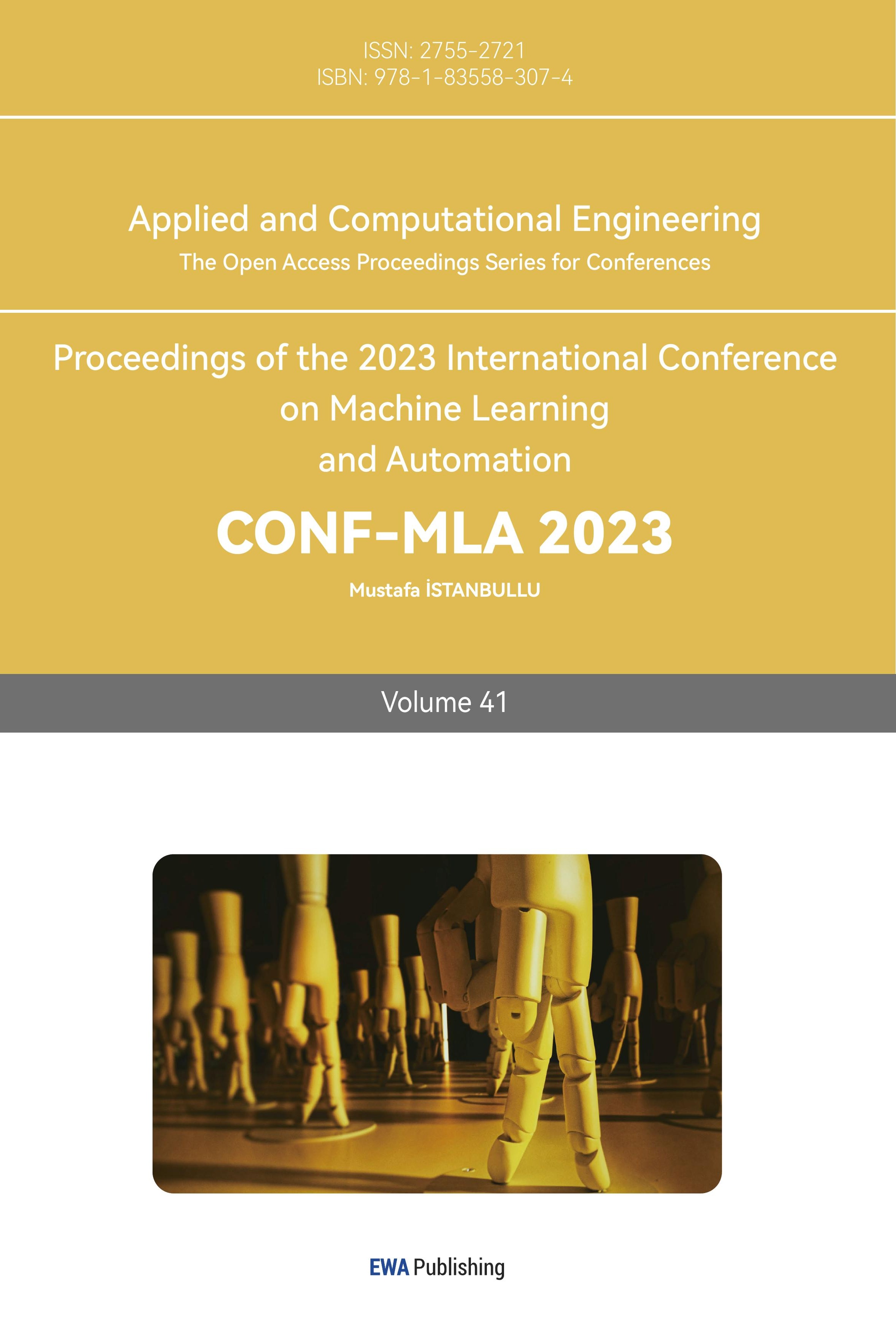References
[1]. Harrison X A 2021 A brief introduction to the analysis of time-series data from biologging studies Philos Trans R Soc Lond B Biol Sci, 376(1831): p 20200227
[2]. Long K Cai L He L 2018 DNA Sequencing Data Analysis Methods Mol Biol 1754: pp 1-13
[3]. Stahlschmidt S Ulfenborg B Synnergren J 2022 Multimodal deep learning for biomedical data fusion: a review Brief Bioinform 23(2): p bbab569
[4]. Derry A Krzywinski M Altman N 2023 Convolutional neural networks. Nat Methods 20(9): pp 1269-1270
[5]. Kriegeskorte N Golan T 2019 Neural network models and deep learning Curr Biol 29(7): pp R231-R236
[6]. Animesh C Chandraker M Tuned Contrastive Learning arXiv Preprint. arXiv:2305.10675
[7]. Dataset https://www.kaggle.com/datasets/aliabedimadiseh/grch38-human-genome-dna
[8]. Jin Y Li Z Qin C et al 2023 A novel attentional deep neural network-based assessment method for ECG quality Biomedical signal processing and control
[9]. Matsunaga N Ohtani Y Hirahara T 2013 Loss Function Considering Multiple Attributes of a Temporal Sequence for Feed-Forward Neural Networks. IEICE Transactions on Information and Systems E103.D(12): pp 2659-2672
[10]. Karpenko A P Ovchinnikov V A 2021 How to Trick a Neural Network? Synthesising Noise to Reduce the Accuracy of Neural Network Image Classification. Herald of the Bauman Moscow State Technical University Series Instrument Engineering 1 (134): pp 102-119
Cite this article
Ni,S. (2024). Genetic protein sequence analysis based on sequence alignment techniques for time series data. Applied and Computational Engineering,41,49-53.
Data availability
The datasets used and/or analyzed during the current study will be available from the authors upon reasonable request.
Disclaimer/Publisher's Note
The statements, opinions and data contained in all publications are solely those of the individual author(s) and contributor(s) and not of EWA Publishing and/or the editor(s). EWA Publishing and/or the editor(s) disclaim responsibility for any injury to people or property resulting from any ideas, methods, instructions or products referred to in the content.
About volume
Volume title: Proceedings of the 2023 International Conference on Machine Learning and Automation
© 2024 by the author(s). Licensee EWA Publishing, Oxford, UK. This article is an open access article distributed under the terms and
conditions of the Creative Commons Attribution (CC BY) license. Authors who
publish this series agree to the following terms:
1. Authors retain copyright and grant the series right of first publication with the work simultaneously licensed under a Creative Commons
Attribution License that allows others to share the work with an acknowledgment of the work's authorship and initial publication in this
series.
2. Authors are able to enter into separate, additional contractual arrangements for the non-exclusive distribution of the series's published
version of the work (e.g., post it to an institutional repository or publish it in a book), with an acknowledgment of its initial
publication in this series.
3. Authors are permitted and encouraged to post their work online (e.g., in institutional repositories or on their website) prior to and
during the submission process, as it can lead to productive exchanges, as well as earlier and greater citation of published work (See
Open access policy for details).
References
[1]. Harrison X A 2021 A brief introduction to the analysis of time-series data from biologging studies Philos Trans R Soc Lond B Biol Sci, 376(1831): p 20200227
[2]. Long K Cai L He L 2018 DNA Sequencing Data Analysis Methods Mol Biol 1754: pp 1-13
[3]. Stahlschmidt S Ulfenborg B Synnergren J 2022 Multimodal deep learning for biomedical data fusion: a review Brief Bioinform 23(2): p bbab569
[4]. Derry A Krzywinski M Altman N 2023 Convolutional neural networks. Nat Methods 20(9): pp 1269-1270
[5]. Kriegeskorte N Golan T 2019 Neural network models and deep learning Curr Biol 29(7): pp R231-R236
[6]. Animesh C Chandraker M Tuned Contrastive Learning arXiv Preprint. arXiv:2305.10675
[7]. Dataset https://www.kaggle.com/datasets/aliabedimadiseh/grch38-human-genome-dna
[8]. Jin Y Li Z Qin C et al 2023 A novel attentional deep neural network-based assessment method for ECG quality Biomedical signal processing and control
[9]. Matsunaga N Ohtani Y Hirahara T 2013 Loss Function Considering Multiple Attributes of a Temporal Sequence for Feed-Forward Neural Networks. IEICE Transactions on Information and Systems E103.D(12): pp 2659-2672
[10]. Karpenko A P Ovchinnikov V A 2021 How to Trick a Neural Network? Synthesising Noise to Reduce the Accuracy of Neural Network Image Classification. Herald of the Bauman Moscow State Technical University Series Instrument Engineering 1 (134): pp 102-119









